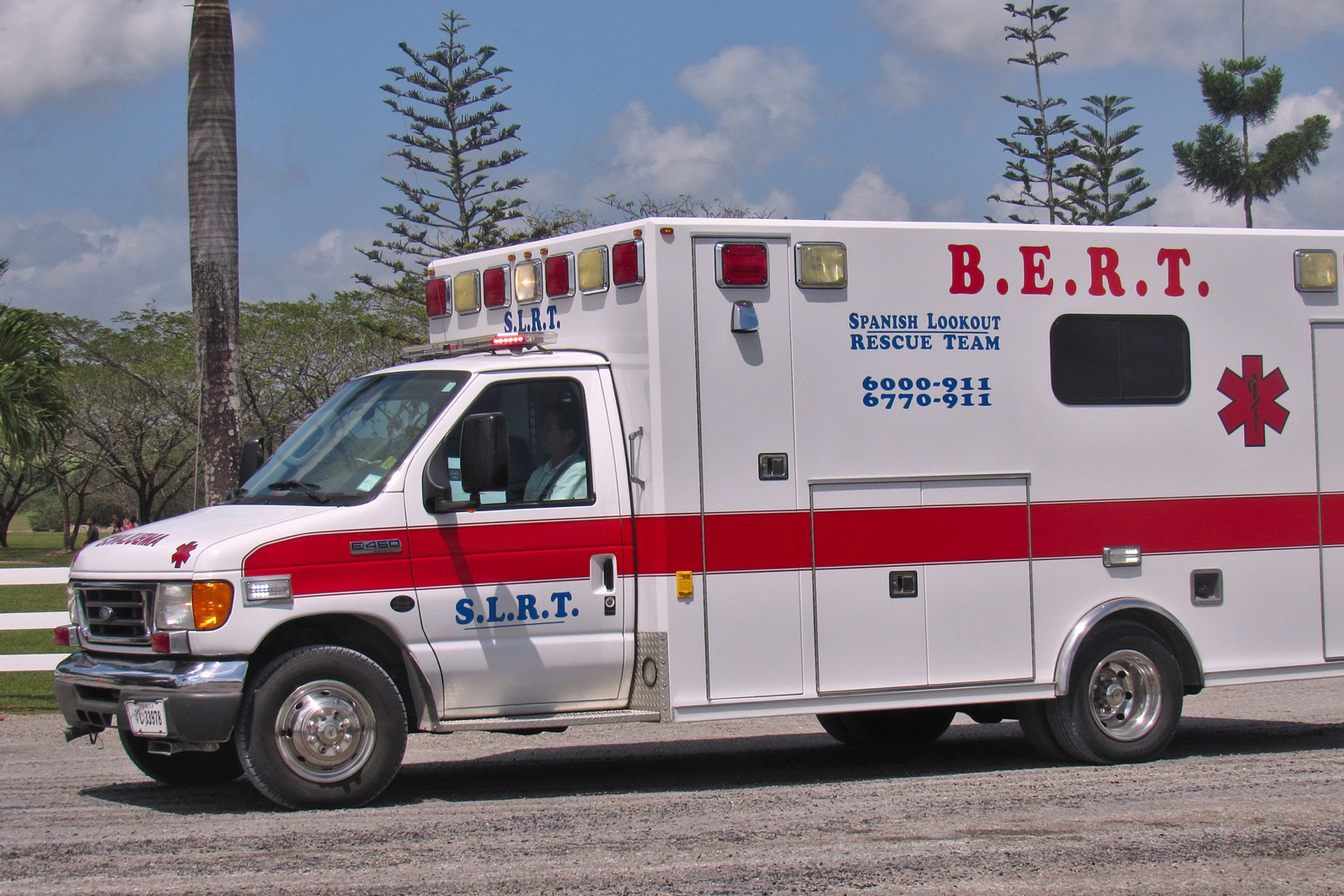Safely Pass Emergency Vehicles | Tips and Guidelines

How to Safely Pass a Stationary Emergency Vehicle
Approach with Caution
- When you see a stationary emergency vehicle ahead, be extra cautious and pay close attention to the road. Emergency responders may be working nearby, and the situation could change rapidly.
Slow Down
- Reduce your speed well before reaching the emergency vehicle. This ensures your safety and the safety of the emergency personnel. Adhering to the posted speed limits or slowing down significantly is crucial.
Pass with Care
- Pass the emergency vehicle slowly and with extreme caution. The emergency vehicle operator may make sudden movements, and they might not be able to see you approaching. Maintain a safe distance and be prepared to stop if necessary.
Leave an Extra Lane
- If possible, move over and leave an extra lane between your vehicle and the emergency vehicle. This provides additional space for the emergency responders to maneuver if they need to turn or move unexpectedly. It also creates a safer environment for everyone involved.
Avoid Rubbernecking
- Do not slow down excessively or try to get a closer look at the scene. Rubbernecking can distract you from the road and significantly increases the risk of causing another accident. Stay focused on your driving and the road ahead.
Be Prepared for Sudden Stops
- Be ready for sudden stops or changes in traffic flow near the emergency scene. Other drivers may react unpredictably, so maintain a safe following distance from the car in front of you.
Obey Traffic Laws
- Follow all traffic laws and signals, including any instructions from emergency personnel directing traffic. Ignoring these can result in fines and further endanger those at the scene.
Stay Alert for Pedestrians and Other Hazards
- Be vigilant for pedestrians, debris, or other hazards that may be present near the emergency vehicle. Emergency scenes can be chaotic, and being aware of your surroundings is critical.
By following these guidelines, you contribute to the safety of emergency responders and help ensure that everyone on the road can navigate around stationary emergency vehicles without incident. Your cautious and respectful driving behaviour can significantly affect these critical situations.
